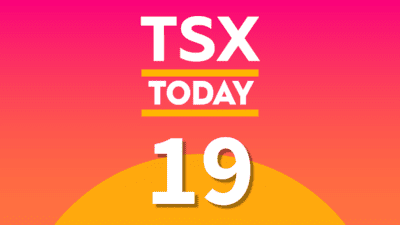No doubt, Canada’s housing boom has reshaped the country’s economy. It doesn’t matter what your view is on real estate. The nation’s two decade long property boom has produced some truly remarkable statistics. Here’re ten jaw-dropping numbers from Canada’s real estate market.
1. $419,619: The average price of a Canadian home hit almost $420,000 in October, up by more than 7% over the same month a year ago. Today, the average house in Canada is more than 50% greater than the average price for a house in the United States.
2. 27x rent: It has never been more affordable to rent relative to owning. According to The Economist, housing prices have risen 53% faster than rents since 1975. Today, Canadian real estate is priced at 27 times annual rental income, a record high.
3. 9x income: According to numbers compiled by billionaire investor Kyle Bass, Canadians now pay nine times their median income for a new house. Historically, they paid between three and four times their median annual income.
4. $20,800 gap: A house is considered affordable if your monthly mortgage, heating costs, and property taxes account for no more than 32% of your gross household income. The annual gross income needed to afford the average house in Canada based on a five-year fixed mortgage and a 5% down payment: $89,500. The estimated median family income in 2014: $68,700. That’s a $20,800 shortfall.
5. 163%: Why have housing prices outpaced incomes? Debt. According to Statistics Canada, household liabilities rose to 163.6% of disposable income in the second quarter, approaching the record 164.1% last year. The rise has been fueled mostly by mortgage debt.
6. 49% of sales: Who’s buying all of these homes? Millennials. A stunning 49% of all sales are going to first-time buyers. In the U.S. only 29% of sales are to first-time homebuyers, down from an historic average of 40%.
7. 52% of incomes: This is worrying because younger millennials have never seen an interest rate shock. According to calculations by DBRS, debt payments would cost 52% of income for people holding mortgages insured by the government if loan rates rise by 2%. That compares to debt payments eating up 45% of incomes during the first quarter this year.
8. 27.4% of mortgages: The loan-to-value ratio is simply the mortgage amount dividend by the appraised value of the property. The higher the loan-to-value ratio, the riskier the loan. According to Morningstar, 27.4% of mortgage loans in Canada have a loan-to-value ratio above 80%, which is usually considered high-risk. In fact, the Canadian banks’ percentage of loans with loan-to-value ratios greater than 80% is now higher than for U.S. banks in 2007, just before the housing bubble burst.
9. 50% losses: This leverage could put the banking system at risk. According to Morningstar analyst Dan Werner, “In a worst-case scenario, if all of the uninsured loans were losses and residential prices fell 30%, we think nearly half of most banks’ tangible equity would be affected.” Largely domestic firms such as the Canadian Imperial Bank of Commerce and the National Bank of Canada would be the most affected.
10. 4.1% yield: Cheap money is pushing up asset prices for other real estate assets, too. Today, the yields on RioCan Real Estate Investment Trust (TSX: REI.UN) and H&R Real Estate Investment Trust (TSX: HR.UN), the nation’s two largest landlords, are nearing record lows between 4% and 5% respectively. Historically, these two firms have yielded between 7% and 8%. A real estate bust would be bad news for these two investments.







